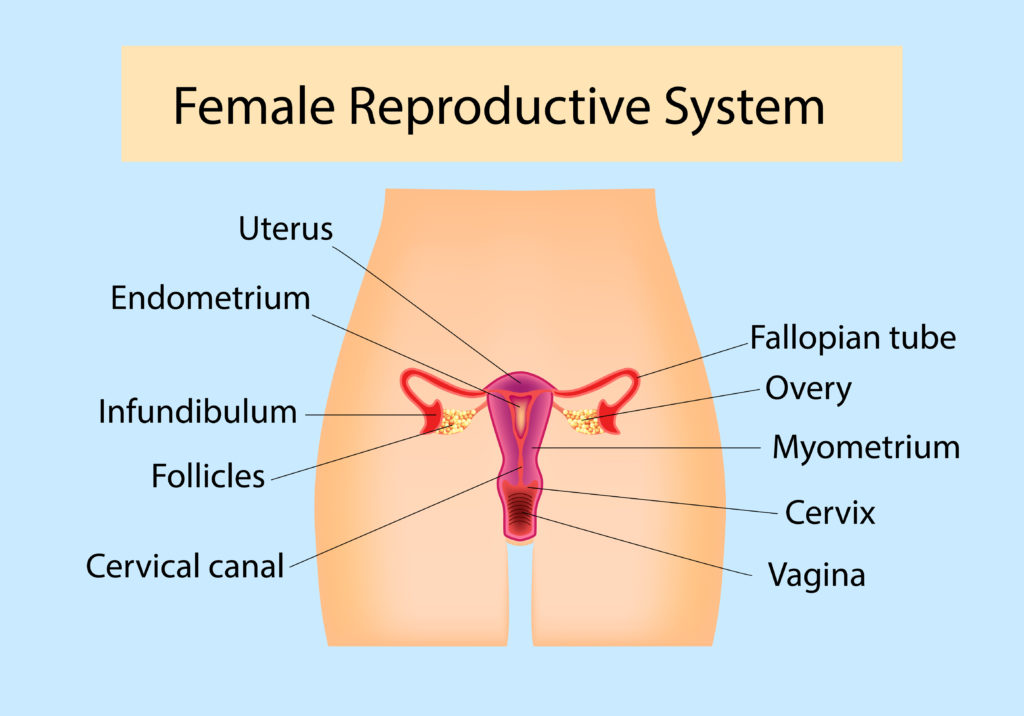The vagina is an elastic, muscular canal with a flexible lining that provides lubrication and sensation. The vaginal canal connects the uterus and cervix to the outside world as the cervix protrudes into the vagina. During childbirth the baby passes through the vagina, also known as the birth canal. The vaginal canal also allows for menstruation and intercourse.

Vaginal dysplasia also known as VAIN (Vaginal intraepithelial neoplasia) describes abnormal cells
found in the cells of the vagina.
Dysplasia is not cancer, but is a precancerous change that can develop into cancer.
HPV (Human papillomavirus) is the most common sexually transmitted infection and the most common cause of vaginal dysplasia and vaginal cancer. Having a history of cervical/vulvar dysplasia or cervical/vulvar cancer is often associated with an increased risk for vaginal dysplasia/vaginal cancer. Vaginal dysplasia can occur before or after a hysterectomy. This is why having vaginal pap smears after a hysterectomy is even more important if you have a history of HPV.

This is why close monitoring with pap smears and pelvic exams is very important to identify vaginal
dysplasia before it develops into vaginal cancer.
A pap smear is a test to sample cells on the surface of the cervix and can be done on the vagina as
well to screen for vaginal dysplasia. HPV testing can be done at the same time.
Although a pap smear can identify vaginal dysplasia, further tests are often required. If you have
had an abnormal pap, a treatment/monitoring plan will be individualized and determined by your
physician. The goal is to prevent the progression into vaginal cancer.
VAIN stands for vaginal intraepithelial neoplasia and is a precancerous change, with VAIN 2 and
VAIN 3 having a higher chance of developing into cancer.
